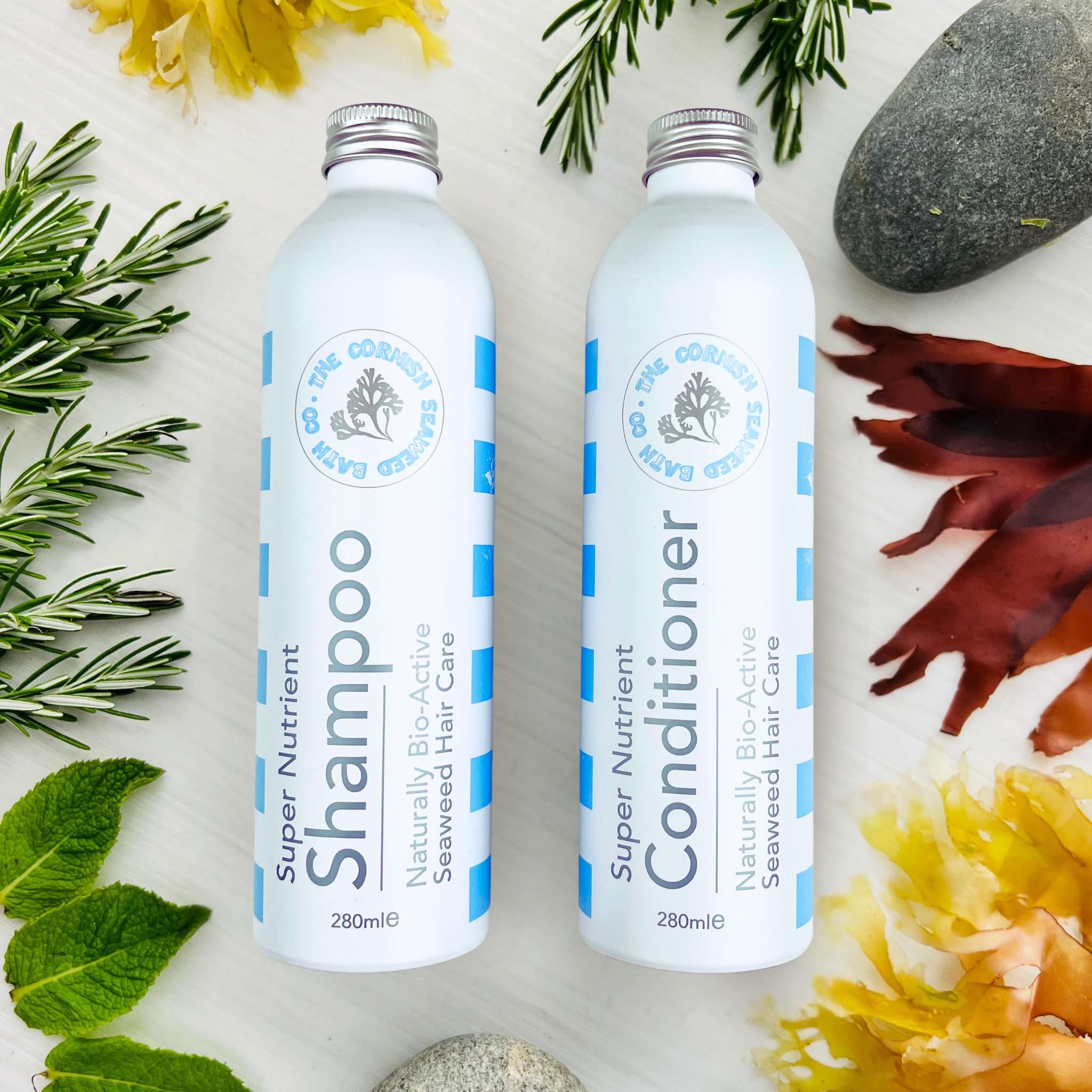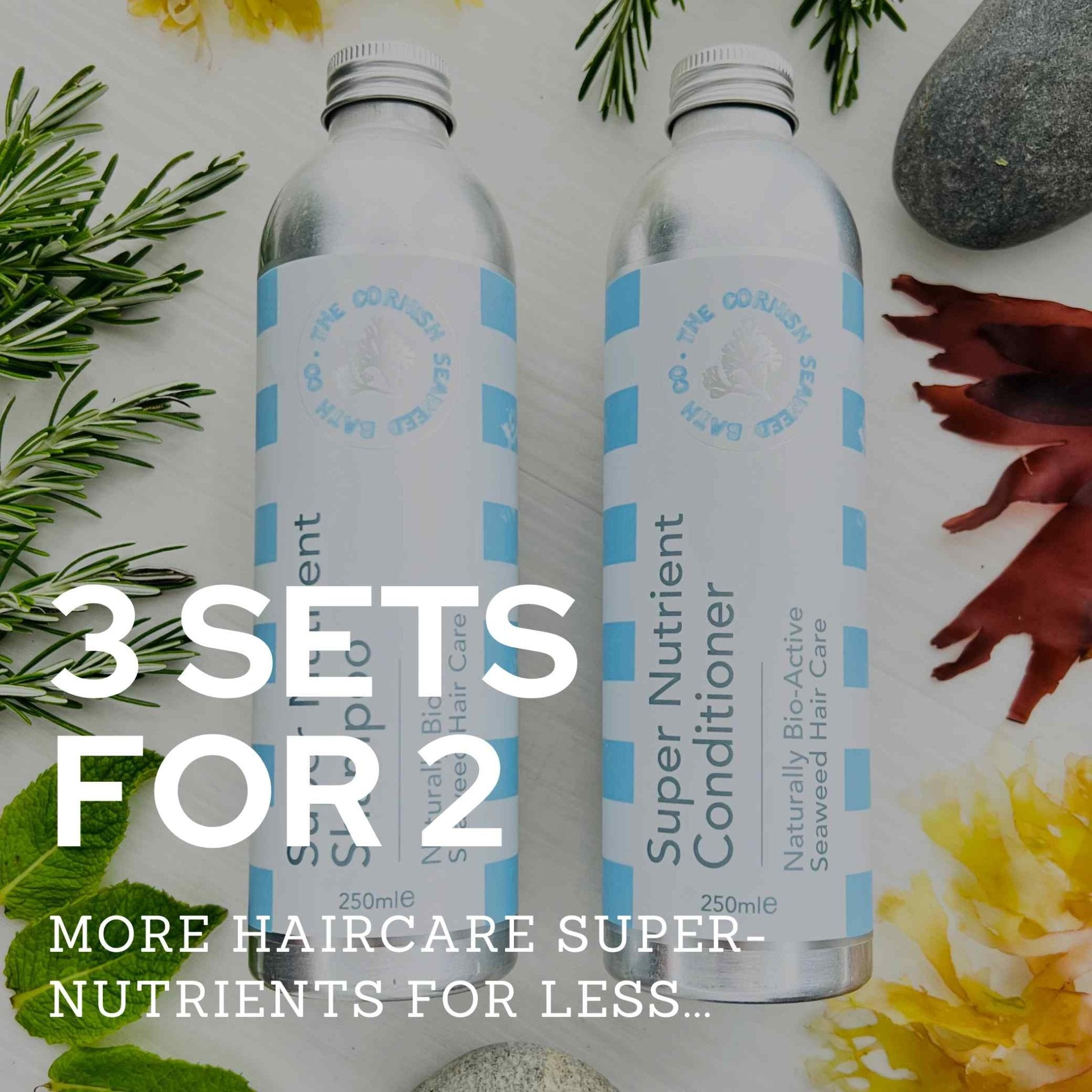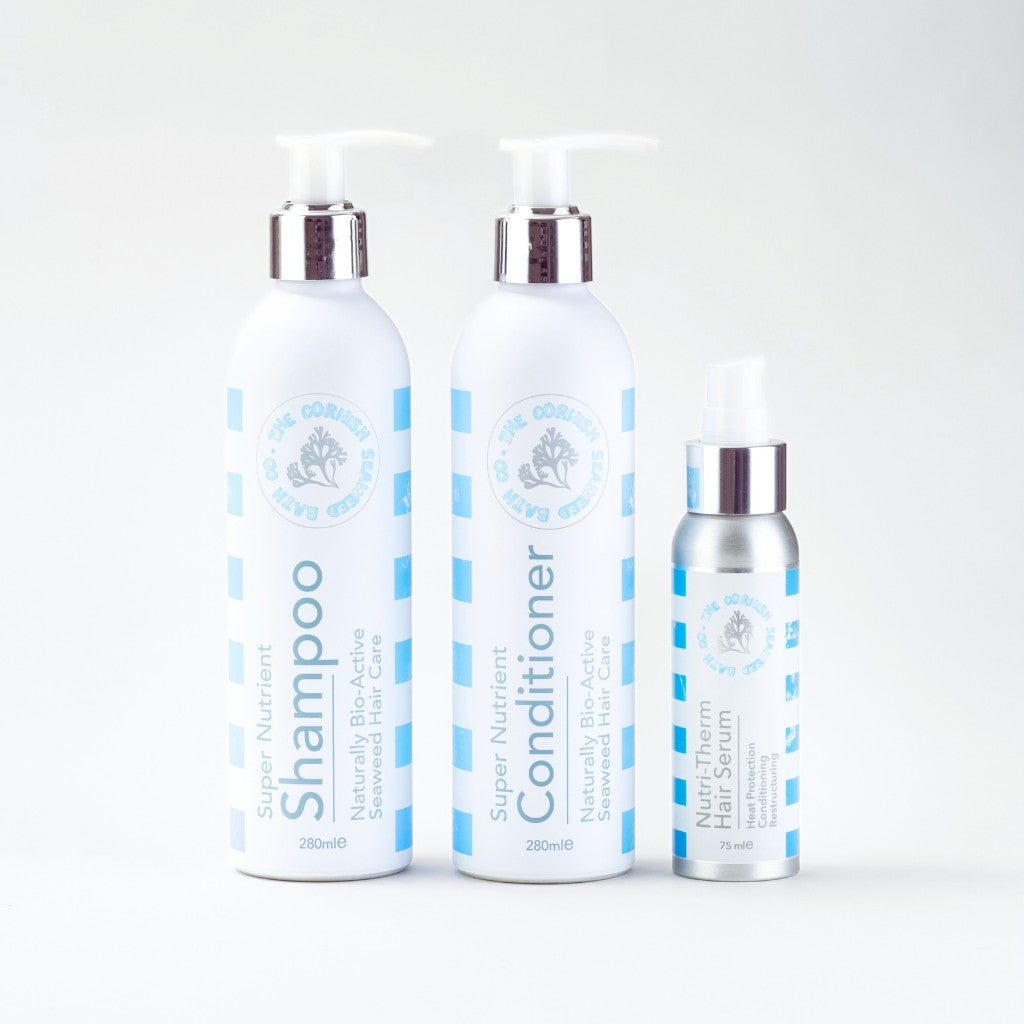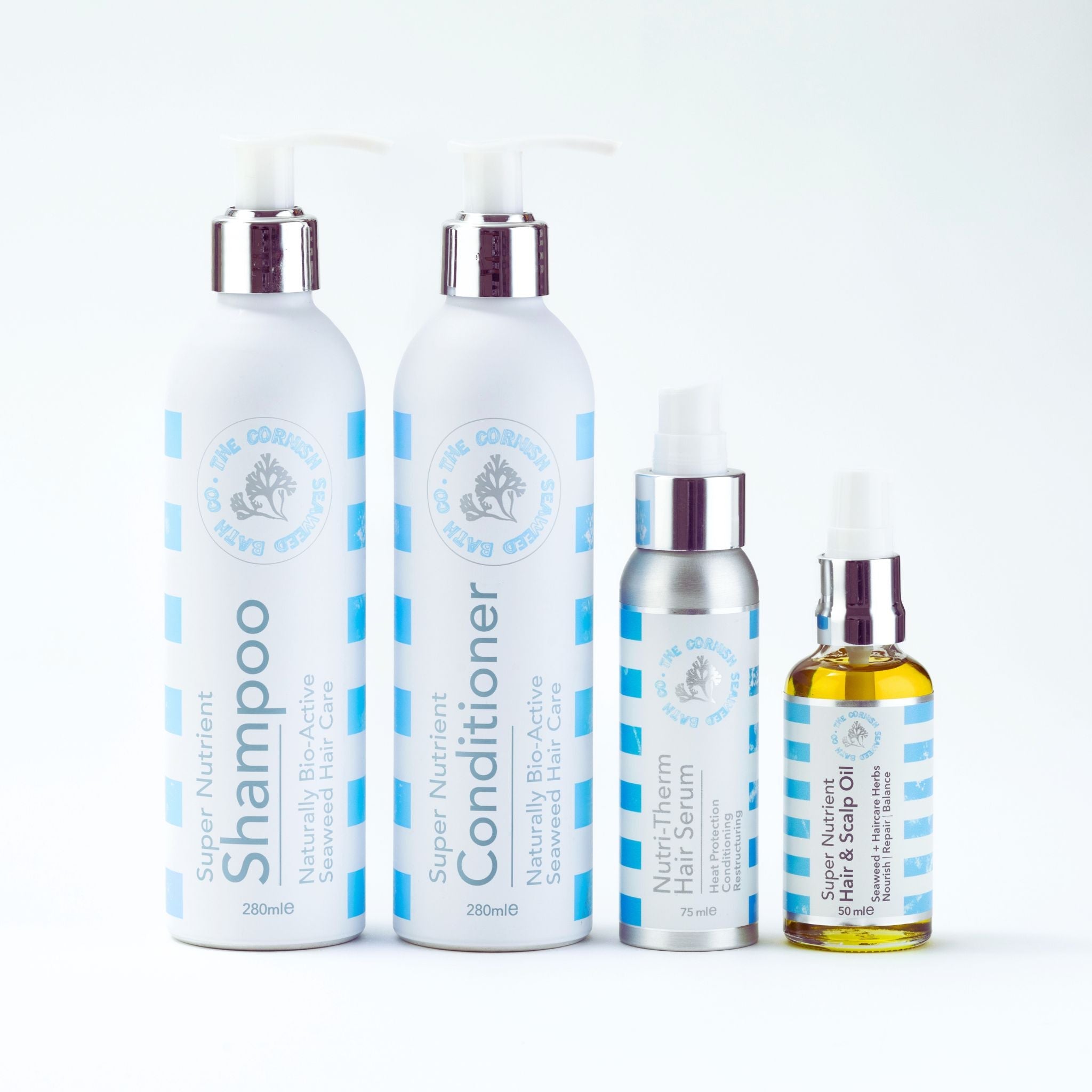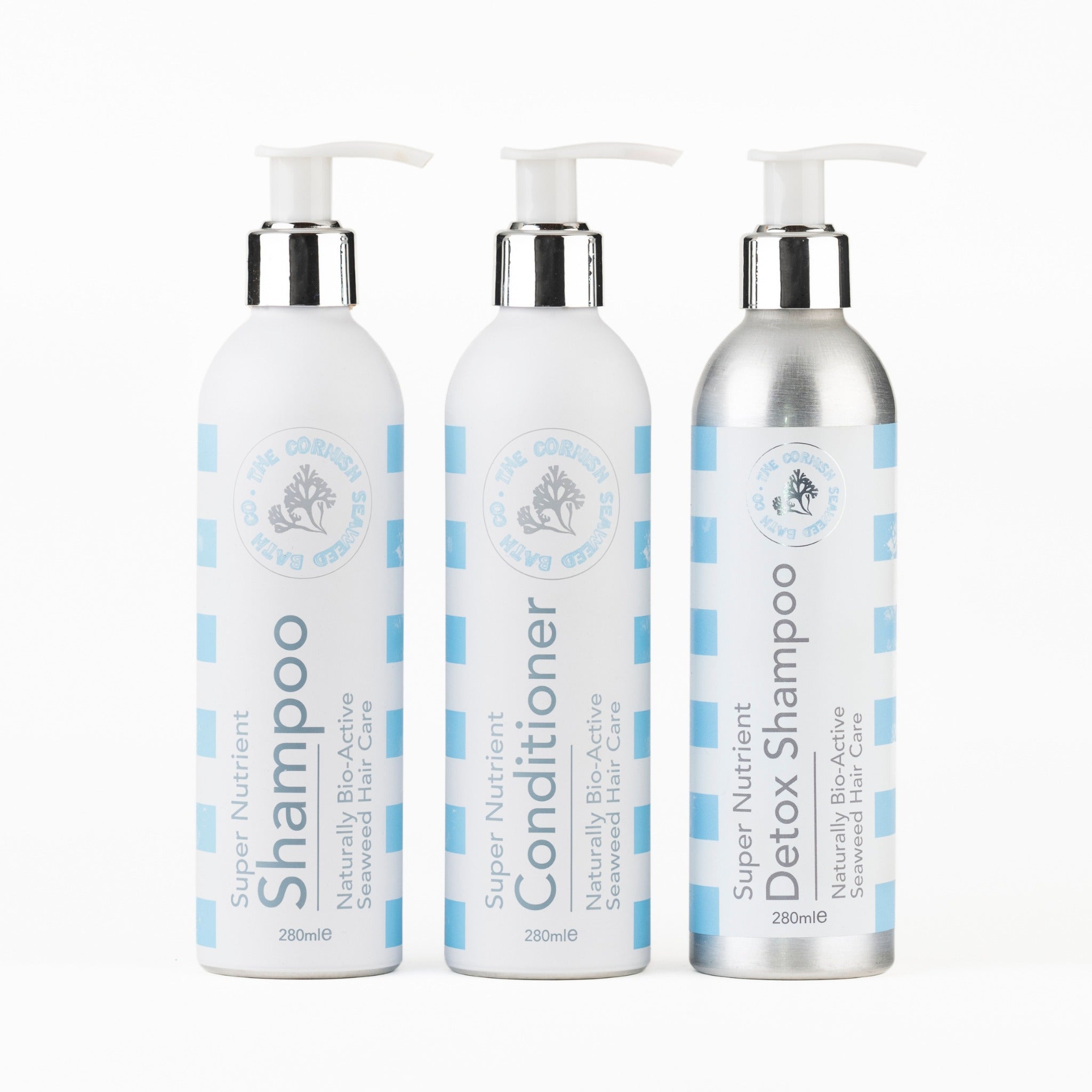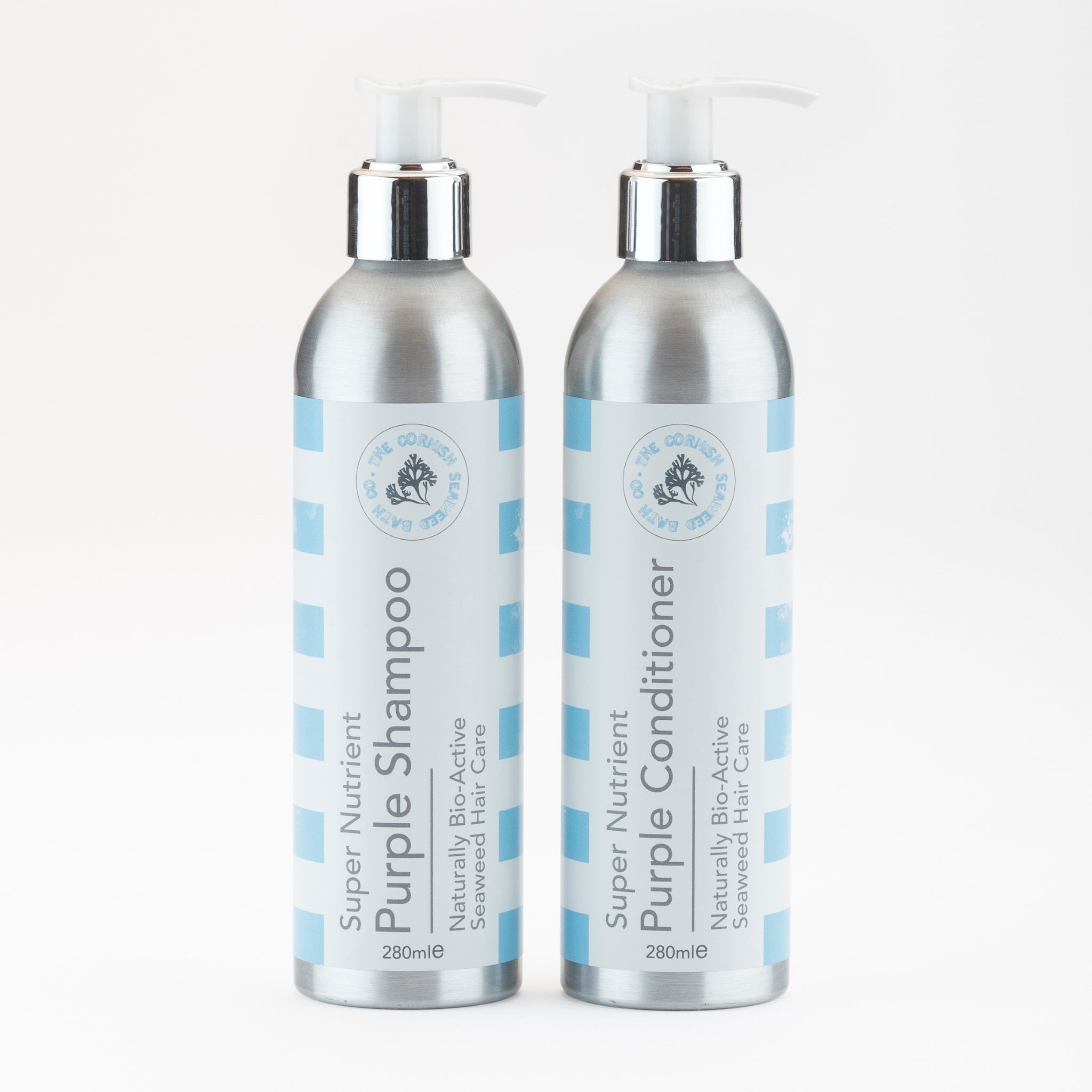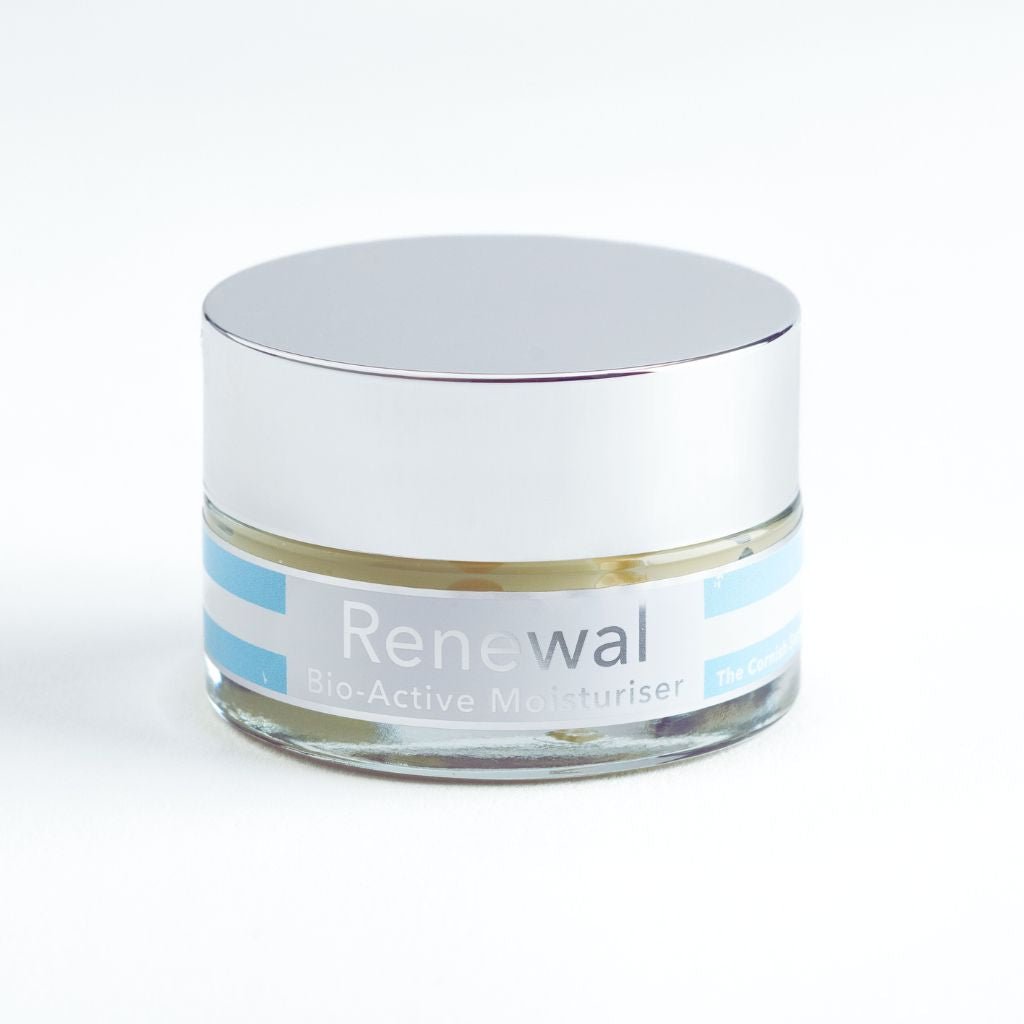Key Takeaways
- A moisturiser is a topical product designed to reduce transepidermal water loss (TEWL).
- It supports the skin's natural barrier function through multiple mechanisms.
- Moisturisers draw moisture to the skin's surface to maintain hydration.
- They help smooth the skin's texture for a healthier appearance.
- Moisturisers prevent water evaporation to keep skin hydrated longer.
Table of Contents
- Moisturiser, defined: what it does for your skin barrier
- How moisturisers work: humectants, emollients, occlusives explained
- Choosing your moisturiser by skin type and season
- Face vs body moisturising: textures, needs, and daily rhythms
- Practical techniques: application methods that make moisturiser work harder
- Routines that respect your barrier: where moisturiser fits, morning and night
- Real-world scenarios: tailor your moisturiser to life's small shifts
- Comparison guide: textures and use-cases to help you choose
- Problem → fix: moisturiser troubleshooting you can trust
- Moisturiser and pH, fragrances, and compatibility: keeping skin calm
- Storage, shelf life, and using your moisturiser safely
- Sustainable choices: packaging, refills, and mindful routines
- Our moisturiser category at a glance: when each product suits you best
- Mini-guides for special contexts
Moisturiser, defined: what it does for your skin barrier
Understanding how different moisturising mechanisms work helps you choose products that address your skin's specific needs. Each category serves a distinct function, and the most effective formulations balance all three approaches. For those seeking a comprehensive solution, the Organic Super Nutrient Set offers a blend of nourishing elements ideal for supporting your skin barrier.
Humectants work most effectively when indoor humidity exceeds 60%, but in very dry environments, they can actually draw moisture from your skin if not sealed with emollients or light occlusives. This is why you might notice your skin feeling tight despite using a water-based product in winter. If you're interested in how seaweed can further enhance your skin's hydration, five ways to use seaweed to care for your skin health provides additional insights.
The key lies in proportional balance. Our facial oils, for instance, provide emollient and light occlusive benefits that complement the humectant properties found in seaweed extracts. When your skin needs targeted support, perhaps on wind-exposed cheeks, a rice-grain amount of a more occlusive product applied only to those areas can provide comfort without affecting your entire complexion.
If your skin feels tight 10 minutes after moisturising, increase emollients in your routine or add a light occlusive layer. This often indicates your current product leans too heavily on humectants without sufficient barrier support.
Choosing your moisturiser by skin type and season

Your skin's needs shift with internal changes, weather patterns, and daily exposures. Rather than adhering rigidly to a single "skin type," observe how your skin responds to different conditions and adjust accordingly.
For oily or acne-prone skin: Choose lighter textures that provide hydration without congestion. One to two drops of facial oil pressed into slightly damp skin can suffice for evening care, whilst a light moisturiser works well under morning sun protection.
For dry or mature skin: Emphasise emollient-rich formulations and apply within three minutes of bathing. The warm-press method, warming product between palms for 5-8 seconds before application, can improve absorption and comfort.
For combination skin: Consider zone-specific care. Use a richer product on cheeks where wind exposure causes dryness, whilst applying lighter textures to areas that tend toward oiliness. A pea-sized amount total, distributed according to each area's needs, typically suffices.
How much should I use?
- Face: pea-sized amount
- Face and neck: 2-3 pumps
- Full body: 4-6 pumps, applied within 3 minutes of bathing
Cornwall's coastal climate presents specific challenges, salt air can be drying, whilst indoor heating during cooler months increases transepidermal water loss. During particularly windy periods or when spending extended time outdoors, consider applying a slightly richer formulation or adding a few drops of facial oil to vulnerable areas like cheekbones and around the eyes.
Face vs body moisturising: textures, needs, and daily rhythms
Facial skin typically requires more measured formulations due to its thinner structure and higher sensitivity to fragrances and heavier textures. Body skin, with its thicker dermal layer, generally tolerates richer formulations and can benefit from more substantial moisture barriers.
Your daily rhythm might follow this pattern: morning cleansing with our Facial Cleanser followed by moisturiser and sun protection for your face, whilst body care focuses on post-shower application within that crucial three-minute window when your skin can best utilise added moisture.
Evening routines offer more flexibility. After a seaweed bath, pat skin dry rather than rubbing, then apply body oil whilst your skin retains slight dampness. For facial care, you might alternate between our Renewal Bio-Active Moisturiser and facial oils depending on your skin's daily needs and the evening's activities.
Real-world application: On busy mornings, prioritise face moisturiser and sun protection, applying body oil only to areas that feel tight. During slower evenings, extend care to include gentle massage with body oil, taking time to assess how your skin responds and adjusting future applications accordingly.
Practical techniques: application methods that make moisturiser work harder
The way you apply your moisturiser matters as much as the product itself. Start with damp skin, within three minutes of cleansing or after misting your face lightly, to trap surface moisture and help your moisturiser spread more evenly. Warm a pea-sized amount between your palms for five to eight seconds, then press gently into your skin rather than rubbing vigorously.
Use the "press and build" approach: begin with less product than you think you need, then add tiny amounts to areas that still feel tight after sixty seconds. This prevents the pilling and tackiness that comes from over-application. For targeted night care, try gentle occlusion on persistently dry patches, press a rice-grain amount of richer product onto your cheekbones or around your nose after your regular moisturiser has settled.
Troubleshooting Pilling
- Allow 60-90 seconds between skincare layers
- Use less product and press rather than rub
- Wait 10 minutes before applying sunscreen
Routines that respect your barrier: where moisturiser fits, morning and night

Simple morning care works best: cleanse if needed, apply moisturiser to damp skin, then follow with sunscreen after ten minutes. This straightforward approach protects your barrier without overwhelming it. Our Facial Cleanser followed by Renewal Bio-Active Moisturiser creates a gentle foundation that supports your skin's natural functions throughout the day.
Evening routines allow for more nourishing care. After cleansing, apply your moisturiser whilst skin is still slightly damp, then consider adding 1-2 drops of facial oil pressed gently over areas that need extra comfort. If you use active ingredients, space them carefully, leave 10-15 minutes between strong actives and moisturiser if you experience any stinging, or try the "sandwich" method by applying moisturiser before and after your active treatment.
Real-world scenarios: tailor your moisturiser to life's small shifts
Your skin's needs change with circumstances, and adjusting your moisturiser accordingly prevents discomfort before it starts. On office heating days, increase your application frequency, a midday touch-up with 1-2 drops of facial oil pressed over makeup's high points adds comfort without disturbing your base. After coastal walks or windy weather, cleanse gently and apply moisturiser whilst your skin is still damp to counteract increased water loss.
Travel presents unique challenges. In humid climates, switch to lighter textures and reduce quantity, your usual pea-size amount might feel heavy in tropical conditions. Conversely, dry aeroplane cabins and hotel heating systems call for richer application. After sea swimming or our Wild Seaweed Bath, rinse with fresh water, pat skin dry, then moisturise immediately whilst your skin retains that slight dampness that helps products absorb beautifully.
- Gym days: Choose lightweight textures before exercise; cleanse sweat promptly and reapply afterwards
- Post-treatment skin: Wait 30 minutes after shaving or waxing before applying fragranced products
- Weather changes: Increase frequency during heating season; lighten textures in summer humidity
Comparison guide: textures and use-cases to help you choose
Understanding different moisturiser textures helps you match products to your skin's current needs and seasonal changes. Light, fluid textures absorb within 30-60 seconds and work well under makeup or in warm weather, whilst richer formulations take 2-5 minutes to settle but provide longer-lasting comfort for dry or mature skin.
The finish you prefer, whether that's a subtle glow or a more matte feel, often determines your ideal texture weight. Consider your daily routine too: quick-absorbing products suit busy mornings, whilst richer textures work beautifully for evening rituals when you have time to massage and appreciate the sensory experience. For a comprehensive overview of facial care routines, see the csbco facial care guide.
| Texture | Weight | Best For | Typical Use | Finish Feel |
|---|---|---|---|---|
| Light Fluid | Minimal | Oily, combination skin | AM, warm weather | Quick-absorbing, matte |
| Cream | Medium-Rich | Normal to dry skin | AM/PM, year-round | Smooth, comfortable |
| Rich Balm | Substantial | Very dry, mature skin | PM, cold weather | Nourishing, protective |
| Facial Oil | Variable | All types, targeted care | PM, or AM on damp skin | Glowing, supple |
Problem → fix: moisturiser troubleshooting you can trust

When your moisturiser isn't performing as expected, specific adjustments usually resolve the issue quickly. Persistent tightness after application often means you need more emollient ingredients or should apply to damper skin. Pilling typically results from using too much product or not allowing enough time between layers, reduce your amount to half a pea-size and wait 90 seconds before applying additional products.
If your moisturiser stings or causes redness, switch to a fragrance-free option temporarily and patch-test any new products along your jawline for 24-48 hours. Skin that feels greasy but still appears flaky often needs better exfoliation rather than richer moisturiser, gentle, consistent cleansing followed by appropriate hydration usually restores balance within a week or two. For further reading on skin barrier health and moisturiser troubleshooting, you may find the news section helpful.
Moisturiser and pH, fragrances, and compatibility: keeping skin calm
Your skin's natural pH sits around 4.5-5.5, and moisturisers formulated with this in mind tend to feel more comfortable and integrate better with your skin's protective acid mantle. Gentle, balanced formulations support this natural environment rather than disrupting it, which is why our products focus on botanicals and plant oils that work harmoniously with your skin's existing functions.
When considering fragrance, trust your immediate response, products should feel pleasant within the first minute of application. Essential oils in skincare can provide lovely sensory experiences, but if you notice any tingling beyond sixty seconds, rinse gently and choose a fragrance-free alternative. Our Fragrance Free Seaweed Soap offers the same nourishing seaweed benefits without essential oils for particularly sensitive periods.
- Patch testing method: Apply a 10p-coin-sized amount along your jawline; wait 24-48 hours before full use
- Layering compatibility: Match water-based with water-based products; allow 5-10 minutes before sunscreen
- Seasonal sensitivity: Choose gentler formulations during skin-reactive periods like hay fever season
Storage, shelf life, and using your moisturiser safely
Check the PAO (period after opening) symbol on your moisturiser, typically shown as an open jar icon with "6M" or "12M" inside, and note the opening date on the packaging. Store products in cool, dry places away from steamy bathrooms when possible, and always keep lids firmly closed to prevent contamination and ingredient degradation.
Maintain hygienic use by applying products with clean hands and avoiding touching pump bottle necks or dipping wet fingers into jars. For travel, decant into clean, dry containers and label with the opening date to track freshness. These simple practices ensure your moisturiser remains effective and comfortable throughout its intended lifespan. For a scientific perspective on moisturiser safety and efficacy, refer to this external resource.
Storage Checklist
- Note opening date on packaging
- Store away from heat and direct sunlight
- Keep containers tightly closed
- Use clean hands for application
Sustainable choices: packaging, refills, and mindful routines

Thoughtful use extends your products' lifespan whilst reducing waste. Measure appropriate amounts, that pea-size for your face, 4-6 pumps for your whole body, and use products completely before opening replacements. Store unopened products away from heat and light to maintain their effectiveness until needed.
Care for packaging by cleaning pump mechanisms occasionally and storing outer boxes for organisation or gift-giving. When products are finished, check local recycling guidelines for proper disposal. These small, consistent habits align with a Cornwall ethos of taking what we need and using it mindfully, without requiring dramatic lifestyle changes.
- Complete one product before opening another
- Reuse outer packaging for storage and organisation
- Follow local recycling guidance for containers
Our moisturiser category at a glance: when each product suits you best
Our Renewal Bio-Active Moisturiser serves as your daily facial moisturiser, offering a smooth, comfortable finish that works beautifully morning and evening. Apply a pea-sized amount to damp skin and press gently, this rich yet easily absorbed formula contains nourishing seaweed alongside supportive botanicals like frankincense and pomegranate extract, creating an ideal foundation for your daily skincare routine.
Our facial oils, Sky, Sand, Sea, and Super Nutrient, offer concentrated nourishment when your skin needs extra support. Use 1-3 drops pressed over your moisturiser at night, or apply alone to damp skin when you prefer minimalist care. Each oil features seaweed combined with carefully chosen plant oils: Sky with its calming blue tansy, Sand with gentle chamomile and manuka, Sea with uplifting citrus notes, and Super Nutrient with its comprehensive botanical blend.
For body care, our Body Oil works beautifully within three minutes of bathing or showering. Use 4-6 pumps for full-body coverage and massage slowly for 2-3 minutes to help absorption. The combination of seaweed with jojoba, rosehip, and evening primrose creates lasting comfort that supports your skin's natural moisture barrier throughout the day.
Mini-guides for special contexts
After shaving, waxing, or dermaplaning, wait thirty minutes before applying fragranced products and choose your gentlest evening routine. Use a pea-sized amount for your entire face and pat rather than rub, your skin's temporary sensitivity benefits from this extra care. Consider our Fragrance Free Seaweed Soap for cleansing during these periods.
Around your eyes, use half a pea-size split between both areas and tap gently with your ring finger for 10-15 seconds rather than rubbing. This delicate skin appreciates lighter pressure and smaller quantities. Our Eye Gel works particularly well here, offering targeted hydration without overwhelming this sensitive area.
During weather events like windburn-prone days or central heating periods, increase your moisturising frequency rather than quantity. A midday application can help maintain comfort without overloading your skin.
Frequently Asked Questions
How do humectants, emollients, and occlusives work together to support the skin's moisture barrier?
Humectants attract moisture to the skin’s surface, helping to maintain hydration. Emollients soften and smooth the skin by filling in gaps between skin cells, while occlusives form a light barrier that prevents water loss. Together, they create a balanced system that supports the skin’s natural barrier and keeps it comfortably hydrated.
Why might my skin feel tight after applying a water-based moisturiser, especially in dry or cold weather?
In dry or cold conditions, humectants in water-based moisturisers can draw moisture from deeper skin layers if the surrounding air lacks humidity. Without emollients or occlusives to seal in this moisture, your skin may feel tight or dry despite applying moisturiser.
How should I choose and adjust my moisturiser based on my skin type and seasonal changes?
Select lighter, humectant-rich formulas for warmer months or oily skin to maintain hydration without heaviness. In colder seasons or for drier skin, choose moisturisers with added emollients and occlusives to lock in moisture and protect against environmental stressors. Adjusting your moisturiser according to these factors helps maintain your skin’s balance year-round.
What are the best techniques for applying moisturiser to maximize its effectiveness?
Apply moisturiser to clean, slightly damp skin to help lock in hydration. Use gentle, upward strokes and a small amount, focusing on areas prone to dryness. Allow the product to absorb fully before layering other products or makeup to ensure optimal support for your skin’s barrier.
A picture tells a thousand words: out of necessity, some images in this blog post have been created using artificial intelligence models. This is to help us bring to life & more comprehensively express the written content within this post. We only using artificially generated images when we don’t have a suitable image available to us.
 Christmas Gifts!
Christmas Gifts!


